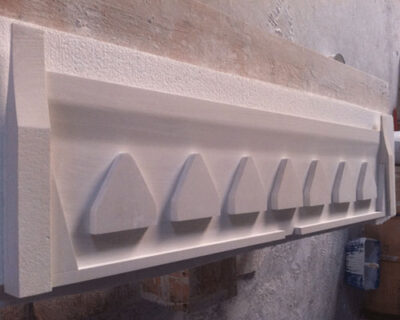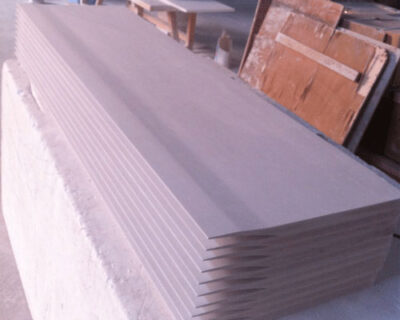The operation of the alumina ceramic plate refers to the process from the discharge of the static furnace to the casting and rolling of the slab.
There are two commonly used alumina ceramic plate methods
Dynamic riser
- The operator enters the post according to the division of labor, starts the casting and rolling mill, and makes the rolls rotate at a high speed.
- Open the flow eye, put out the front box of the hot launder, and check the temperature of the melt in the front box. When the temperature is higher than the normal temperature of 10ˆ30℃, start to supply the slag to the mouth and adjust the front box when running the slag. The liquid level should not be too high to prevent aluminum leakage.
- When running the slag, the personnel on the exit side should clean up the aluminum condensation on the roller surface with a small shovel in time, and pay attention to whether the nozzle cavity is blocked. When the aluminum condensation on the lower roller is uniform and the nozzle cavity is not blocked , Start to reduce the speed of the plate, and adjust the liquid level of the front tank at any time, after the plate, pass lambda cooling water to the roll and spray.
- Shear the board head, carry out winding, and pay attention to the adjustment of tension when winding.
- After the board is released, the board type should be detected in time and the speed should be adjusted until it is normal.

Static riser
- Before discharging, the personnel on the exit side of the rolling mill put on the lead plate, put a small piece of fiber felt at the front of the two ear tips to seal it, and prepare the dry fiber felt to prevent the slight leakage of aluminum during the erection process.
- Open the flow eye, the flow control of the flow tube and float on the inlet side, and detect the melt temperature of the front box launder. When the temperature reaches the requirement, start to supply flow to the front box.
- When the aluminum water flows over the upper edge of the front box outlet and starts to enter the mouth cavity, the main operator starts the rolling mill to make the rolls rotate at a low speed, and pay attention to the change of the main current. At this time, the personnel on the entrance side must control the front box. Metal level.
- It takes about 30-40 seconds from the start of the rolling mill to the casting-rolling to see the plate. Since the cast-rolled plate will top the lead plate, the exit side personnel must remove the lead plate in time.
- The main operator operates the main engine to slowly increase the speed. When the cast-rolled slab reaches more than Im, spraying is carried out, and the cooling is started slowly after a week after the plate is out.
- Adjust the board thickness, cut the board head, and guide the board to the coiler for coiling.
- Check the plate shape and thickness, and adjust the casting-rolling speed until normal. The normal casting-rolling process ensures the stability of the liquid level and temperature of the front box, and the temperature of the front box is controlled to 690±10°C. 2) Observe the host current, Changes in parameters such as voltage, water temperature, water pressure, and casting speed maintain the stability of the main parameters.

